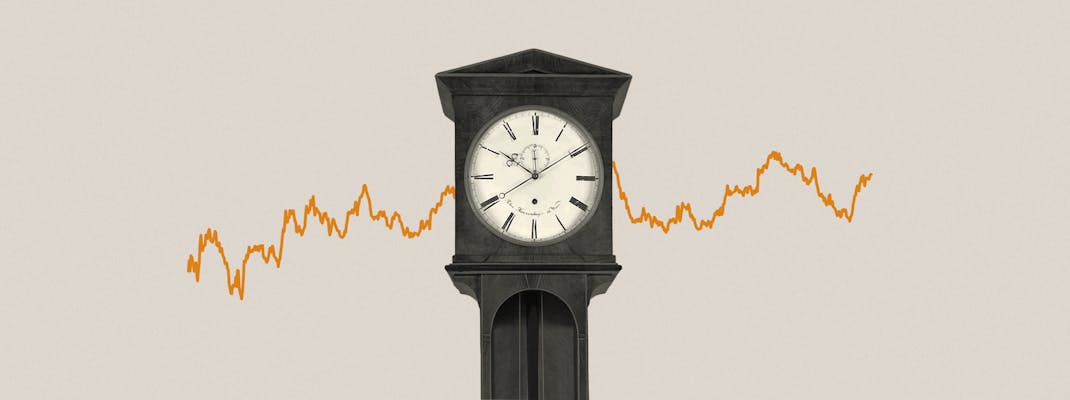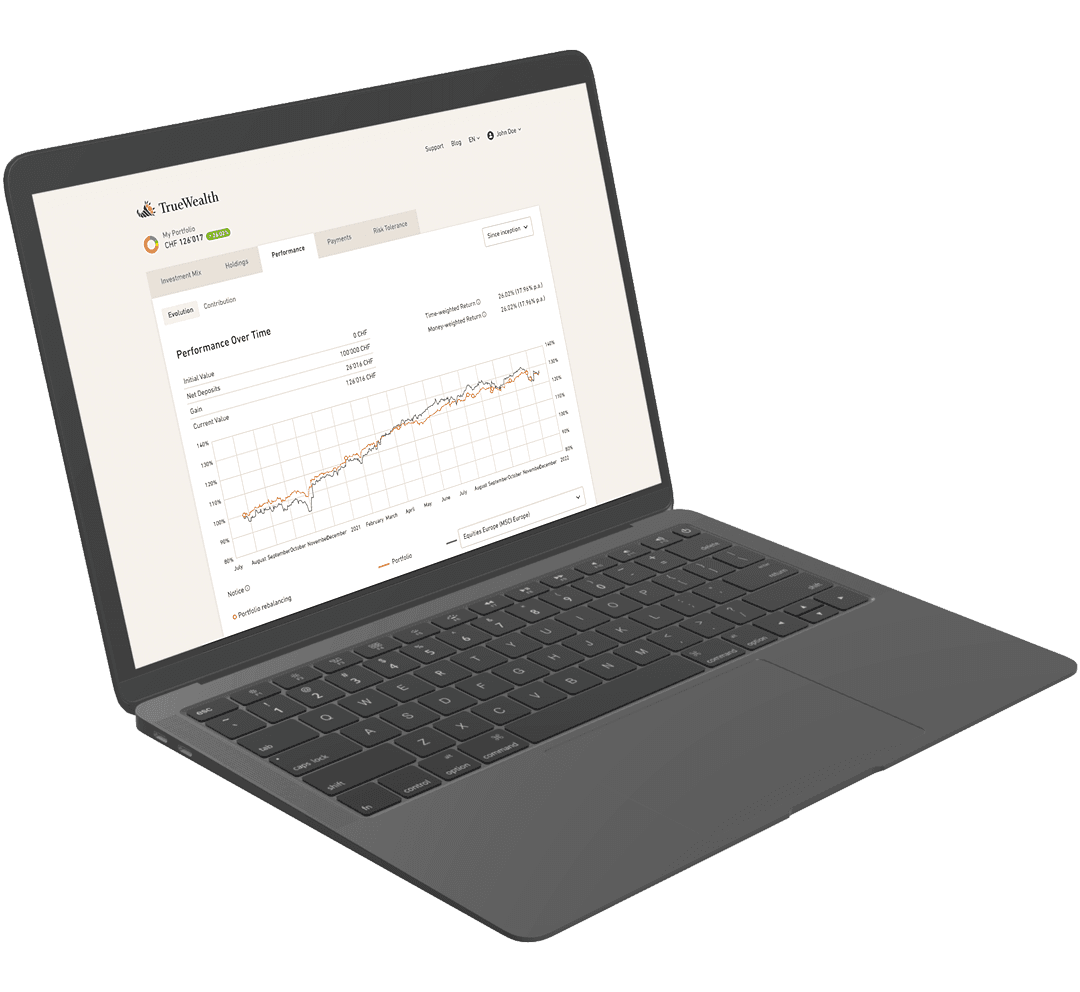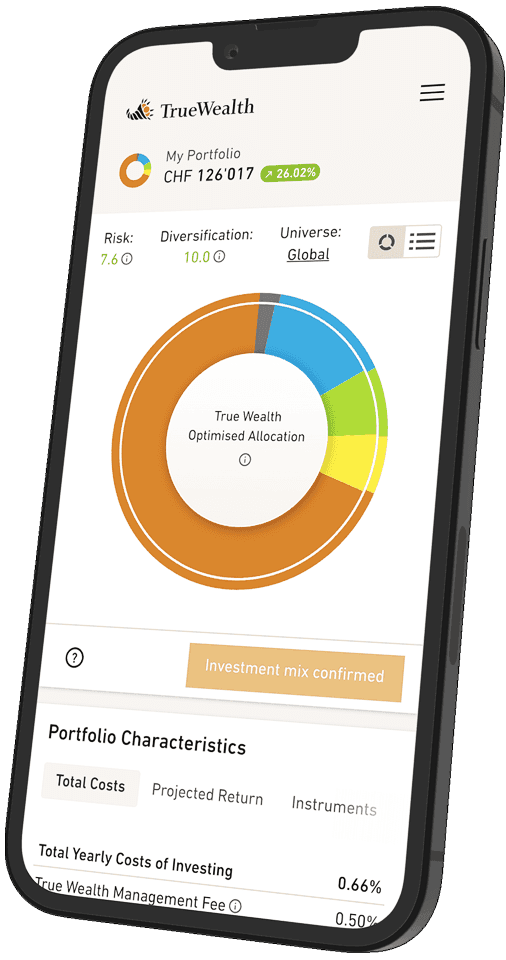
The cost of market timing: A look at the SMI
At first glance, market timing seems like a tempting strategy. Buy when prices are low and sell when they are high – who wouldn't want that? However, the reality is more complex and the cost of market timing is often high.
In this blog post, we take a closer look at why market timing can be a risky strategy and why it often pays to stay invested during the ups and downs of the markets.
The cost of missed opportunities
One of the main costs of market timing is missed opportunities. They are also known as opportunity costs. Investors often sell too early and buy too late. As a result, they miss the best days in the stock market. Historical data shows that the best days often occur during periods of increased volatility, i.e., bear markets or shortly after the worst days.
A look at the 10 best days of the SMI (Swiss Market Index) between January 2003 and December 2022 illustrates this phenomenon. Some of the most impressive returns occurred shortly after sharp market declines. For example, the SMI rose 11.39 percent on October 13, 2008, just three days after falling 7.79 percent. Similar patterns were observed in other periods as well.
The cost of market timing in the long run
Over the long term, investors who stay invested during the ups and downs of the markets have historically achieved better results than those who try to time the market. A long-term investment strategy allows investors to benefit from the ups and downs of the markets without missing the best days.
To illustrate the cost of market timing over the long term, we can take a look at a 20-year time span. Misjudging the market by just a few days can have a significant impact on returns. Historical data shows that trying to time the market can significantly reduce the value of a portfolio. Missing even the best day has reduced returns by 34 percent over 20 years.
The overlooked costs of market timing
In addition to opportunity costs, market timing also incurs high transaction costs.
Explicit transaction costs
Explicit transaction costs are mainly composed of stamp duties and brokerage fees.
Stamp duty is a fee incurred on the purchase and sale of securities. It amounts to 0.075 percent of the transaction amount for domestic securities such as ETFs and 0.15 percent for foreign securities. The domicile of the fund (domestic or foreign ISIN) is decisive for the amount of the fee.
Brokerage fees, on the other hand, are fees paid to brokers or trading platforms for the settlement of transactions. The amount of these fees can vary widely and should be considered when choosing a trading partner.
Implicit transaction costs
Implicit transaction costs, on the other hand, refer to the spread and foreign exchange (FX) rate that occur in connection with securities trading. The spread is the trading margin between the buying and selling rates. The narrower the spread, the lower the indirect transaction costs.
And when trading securities in foreign currencies, in addition to the spread of the securities in the respective foreign currency, there is also the spread on the exchange rates. This is because banks and brokers rarely pass on the interbank rate to their customers, but «shift» the rate by the so-called FX markup.
While explicit transaction costs are reported as brokerage fees and stamp duties by their broker, implicit transaction costs are usually hidden. However, the latter are often greater than the fees and taxes shown. However, both transaction costs have in common that they reduce your return.
«Buy and Hold» Strategy
Overall, the costs of market timing show that this strategy can often be more expensive than it seems at first glance. Investors who try to time the market run the risk of missing the best market days and losing returns over the long term.
A more promising strategy for most investors is «Buy and Hold». This involves holding stocks and other investments for the long term without constantly reacting to market changes. Historical data shows that this strategy overwhelmingly produces better long-term results than market timing.
If there were sure signals for market timing, many would use them. However, the reality is more complex.
Ultimately, it is advisable to pursue an investment strategy that fits one's financial goals and individual risk profile. A sound, long-term strategy that accounts for market fluctuations can help avoid the costs of market timing and maximize long-term returns.
About the author

Founder and CEO of True Wealth. After graduating from the Swiss Federal Institute of Technology (ETH) as a physicist, Felix first spent several years in Swiss industry and then four years with a major reinsurance company in portfolio management and risk modeling.

Ready to invest?
Open accountNot sure how to start? Open a test account and upgrade to a full account later.
Open test account